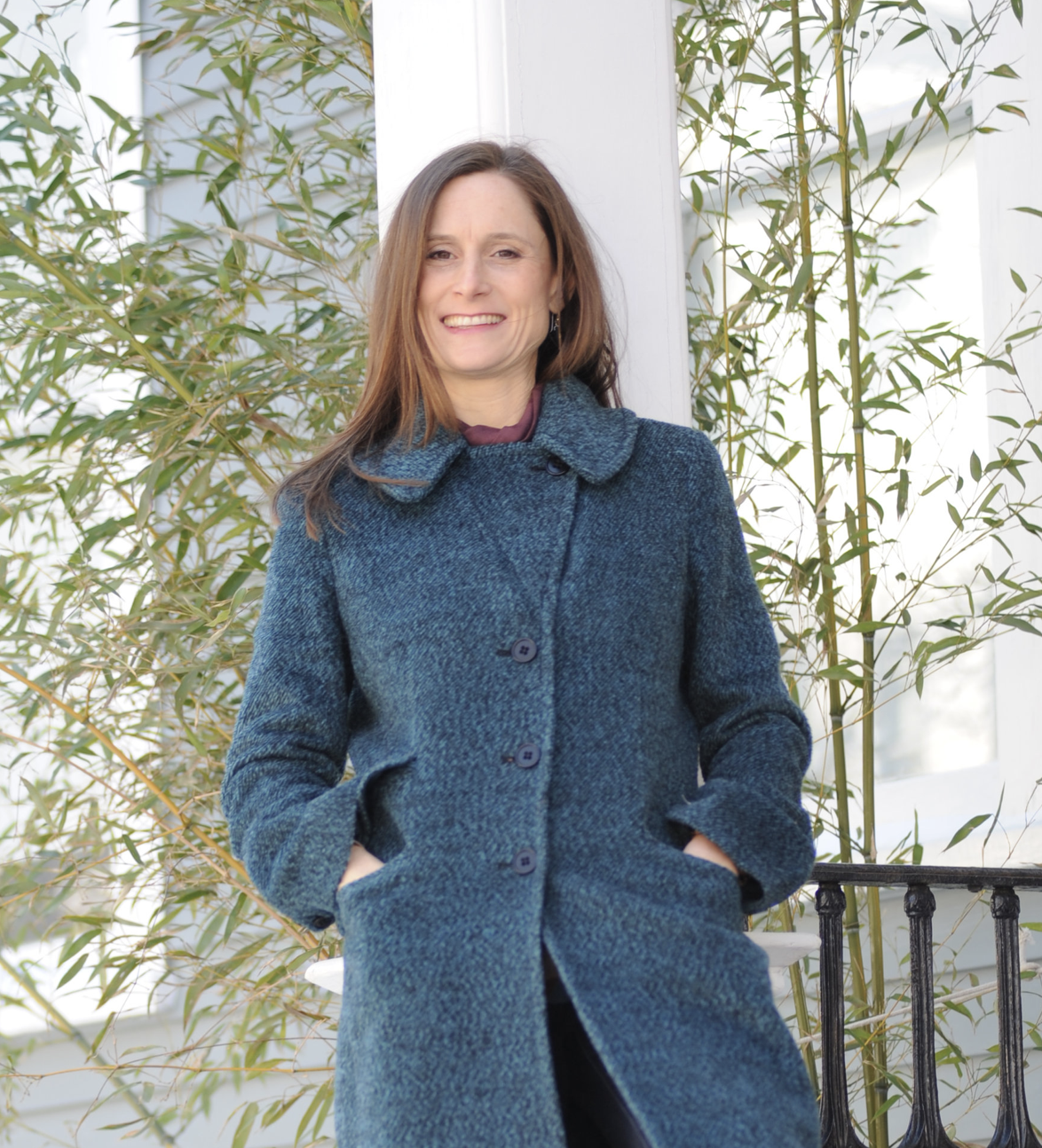By Jessica Cooper
As a professional choral singer for over 15 years, I’ve stood inside a sound that is greater than the sum of its parts—rich with overtones, breath, and intention. Singing works like Bach’s St. John Passion in a finely tuned ensemble is nothing short of ecstatic. When every voice aligns, pitch and rhythm lock in, and the whole group inhales and exhales as one organism, something incredible happens: our mirror neurons fire. We enter a shared flow state. Time suspends.
This is the magic of singing together. And science is starting to catch up with what singers have long known in our bodies: communal music-making builds trust, strengthens social bonds, and calms the nervous system.
Why It Feels So Good to Sing Together
Research shows that when people make sound together—whether humming, toning, or singing—their heart rates and breath patterns begin to synchronize. Dr. Stephen Porges’ Polyvagal Theory describes how these experiences of co-regulation create feelings of safety and connection by stimulating the vagus nerve.
Singing together is a kind of ancient nervous system technology. It activates the parasympathetic “rest and digest” system, reduces cortisol levels, and increases oxytocin, the hormone associated with bonding.
An Evolutionary Advantage
Anthropologist Stephen Mithen argues in The Singing Neanderthals that music-making may have been a defining factor in human evolution. Homo sapiens, unlike Neanderthals, developed systems of rhythmic, melodic communication that promoted cooperation and cohesion. In this view, group singing wasn’t just an art form—it was survival.
Programs like Music Together build on this idea, emphasizing that shared musical experiences are a cornerstone of early human development and one of the reasons we’ve thrived as a species.
What This Means for Singers Today
Whether you're a professional, a hobbyist, or a shower-singer, your voice is part of something much older and more profound than we often realize. Singing together doesn’t just sound good—it feels good, in part because it reconnects us with our evolutionary need for resonance, belonging, and collective presence.
So the next time you sing with others—whether in a choir, a circle, or a spontaneous hum with a friend—notice the way your body softens, your breathing deepens, and your sense of connection sharpens. That’s your nervous system remembering what it’s always known: your voice belongs.
Jessica is a voice coach, artistic director, and ensemble singer with a passion for exploring the intersection of music, presence, and well-being.
References and Influences:
Jonathan & Andi Goldman, The Humming Effect
Dr. Stephen Porges, Polyvagal Theory
Stephen Mithen, The Singing Neanderthals
Music Together: www.musictogether.com


